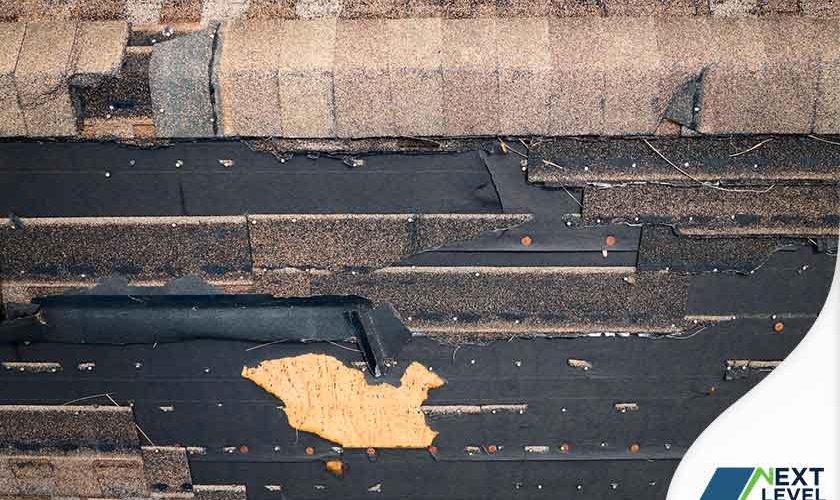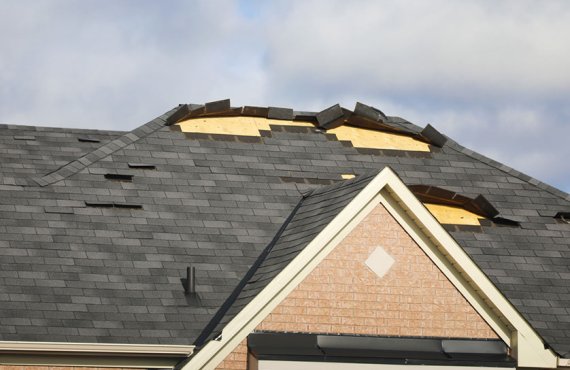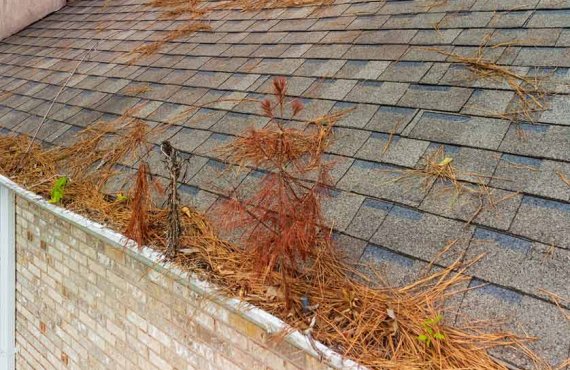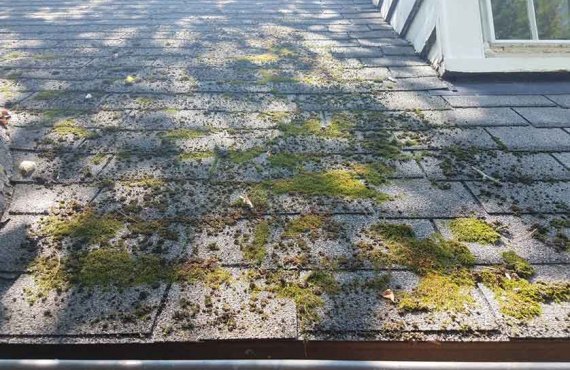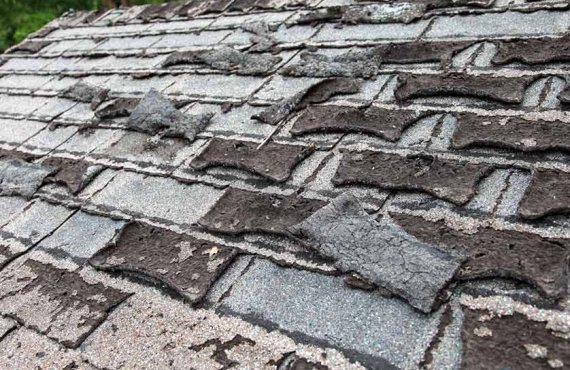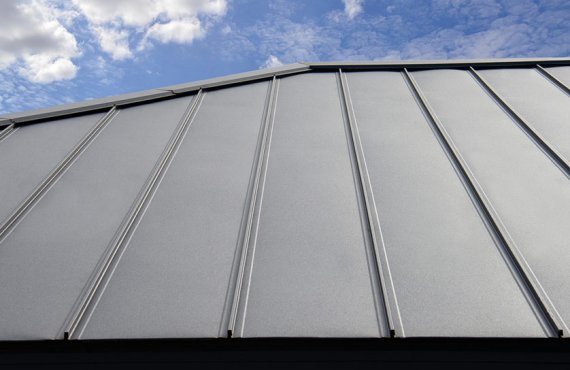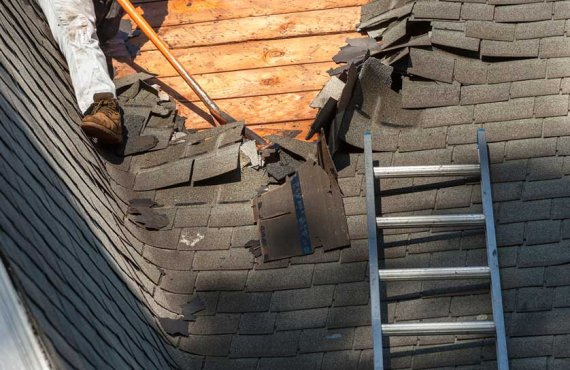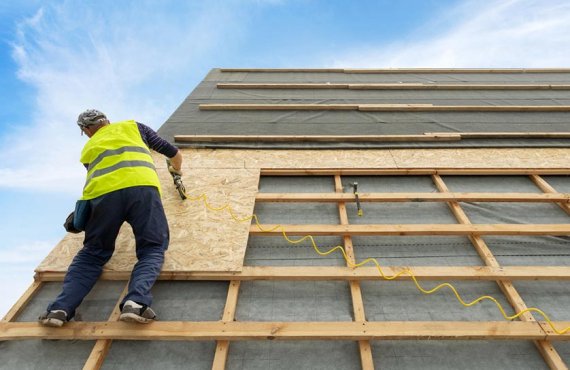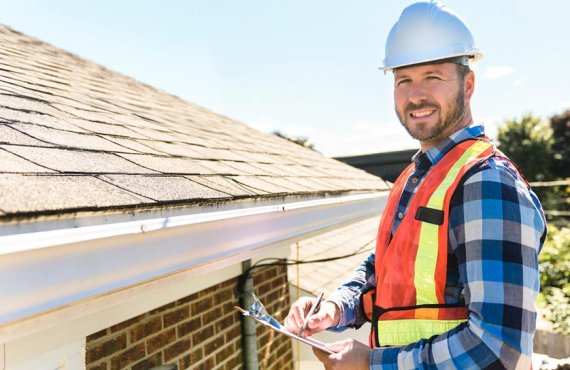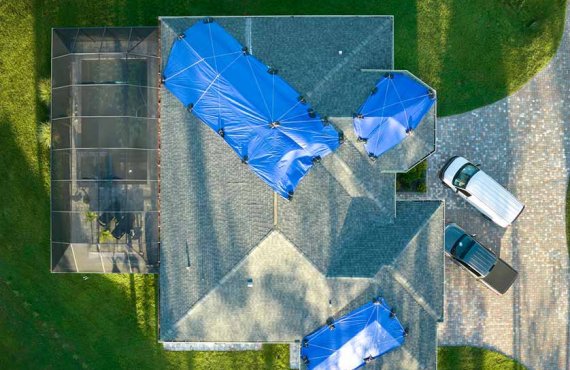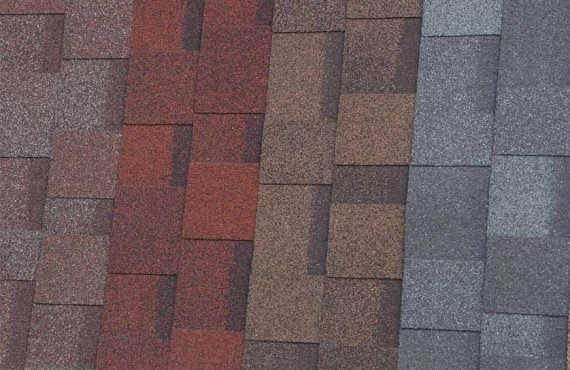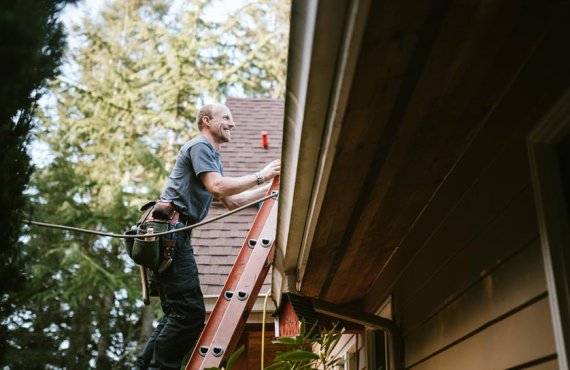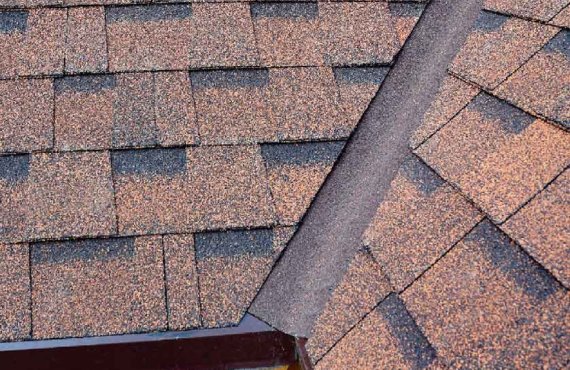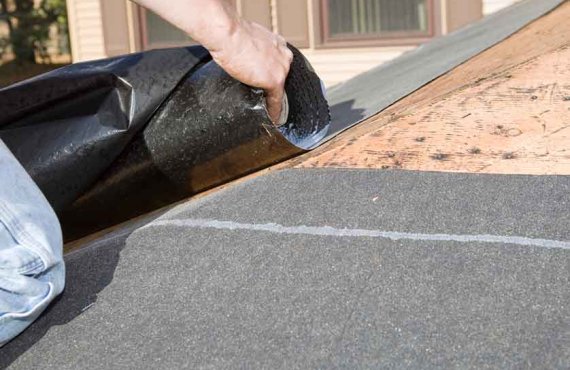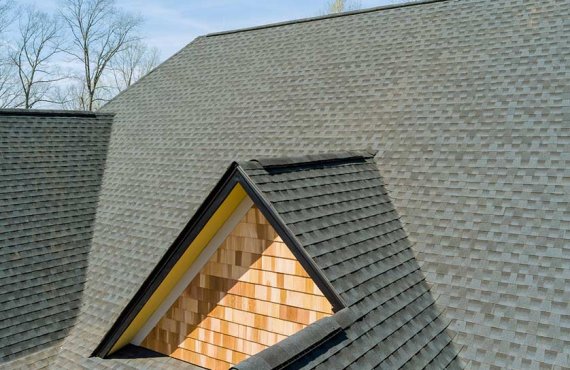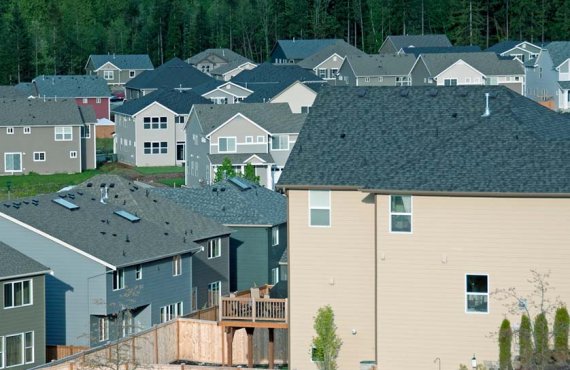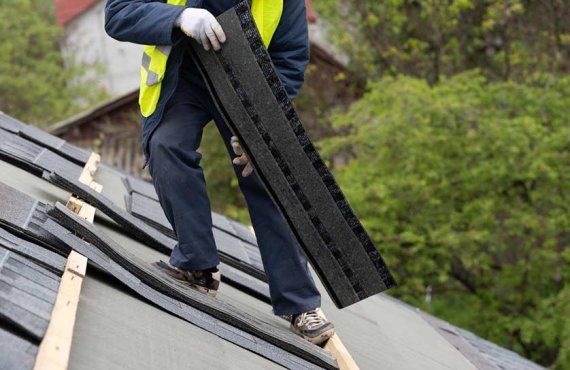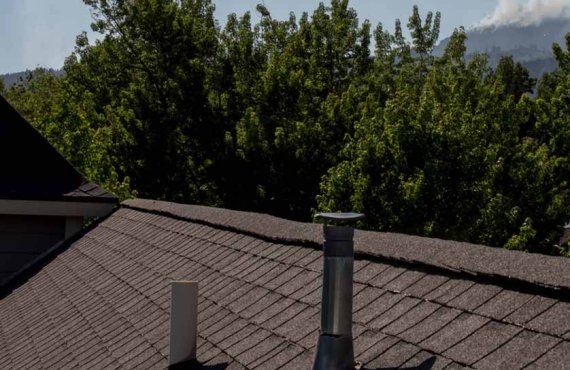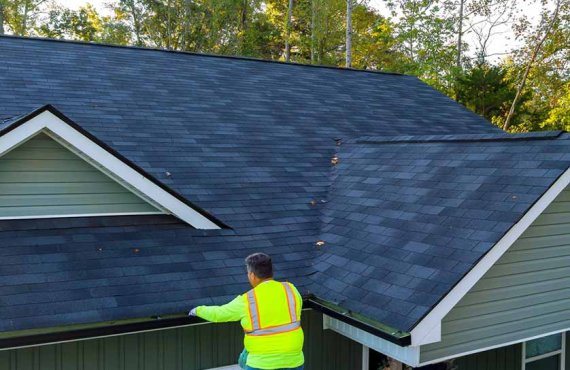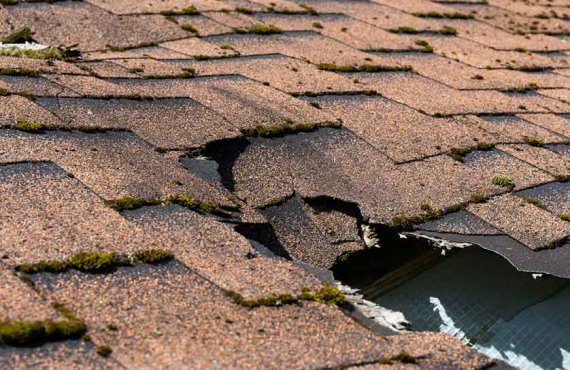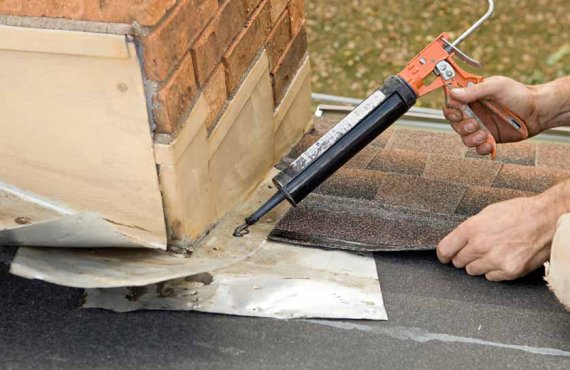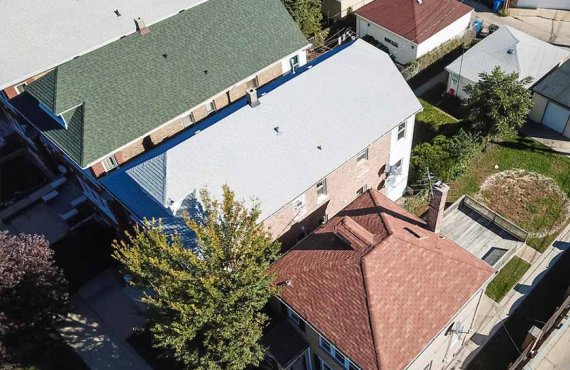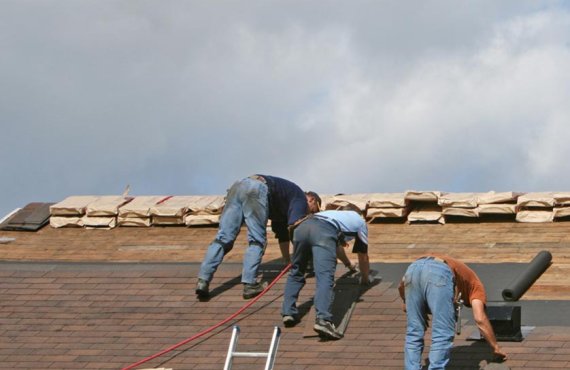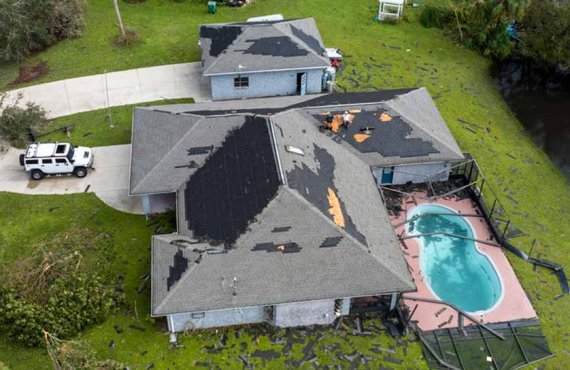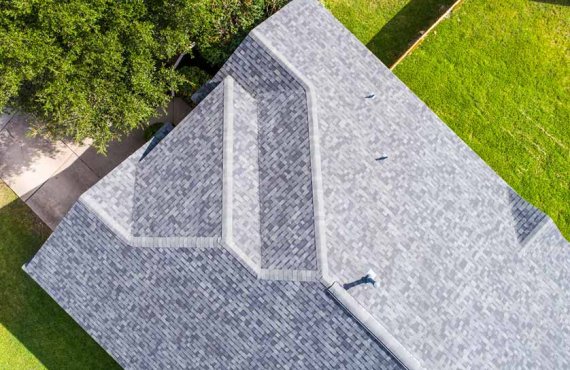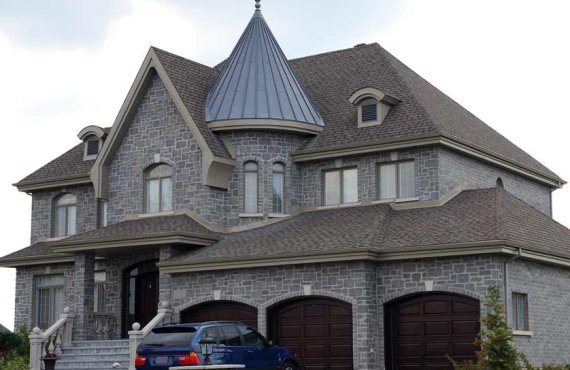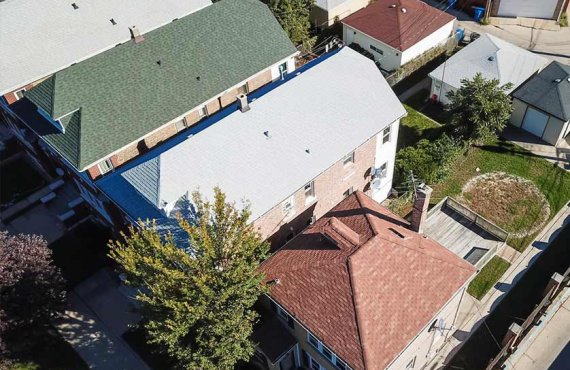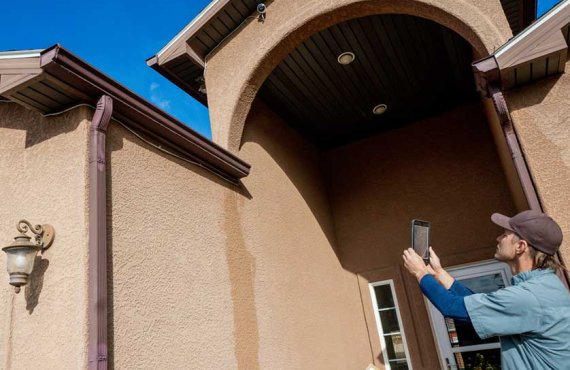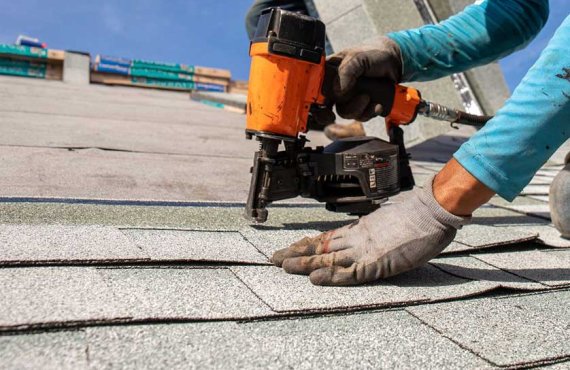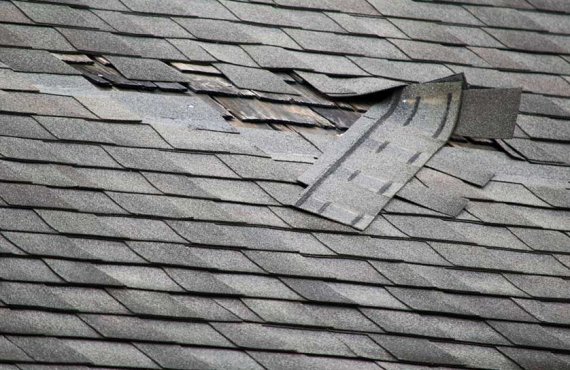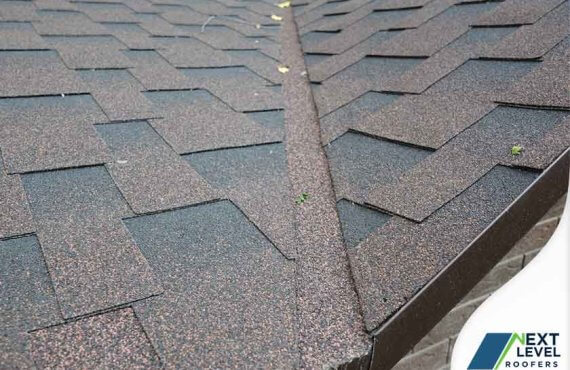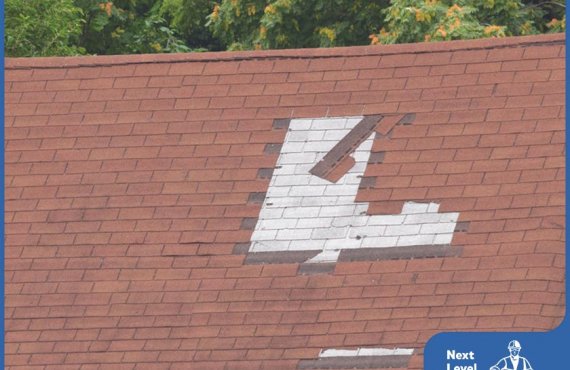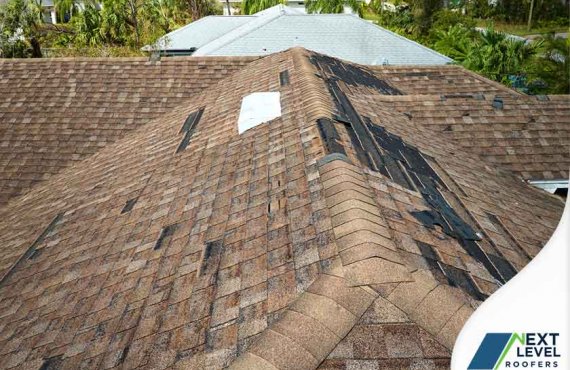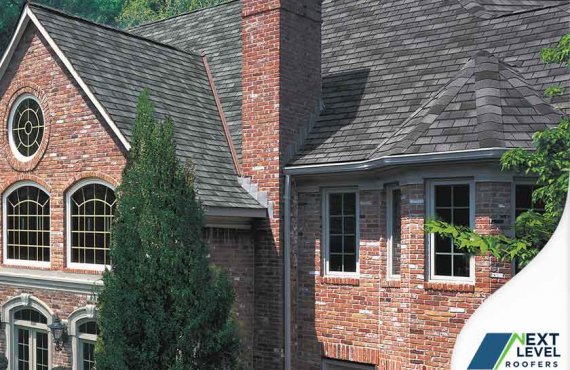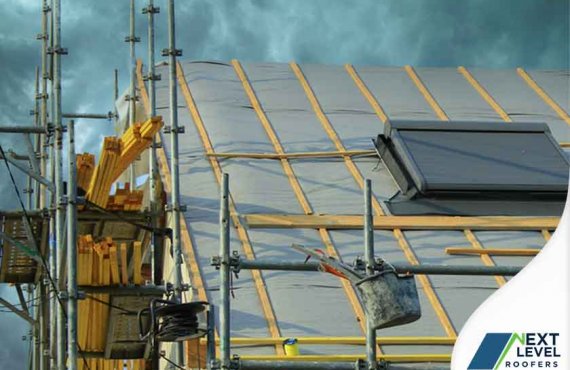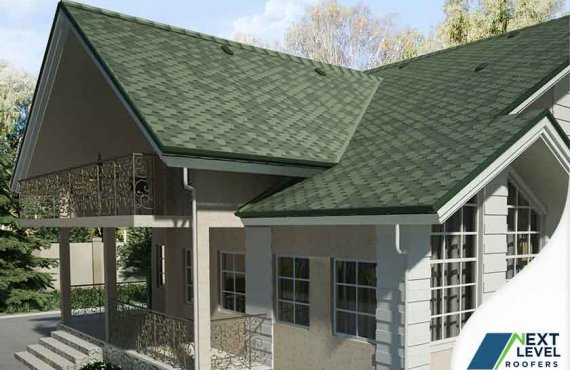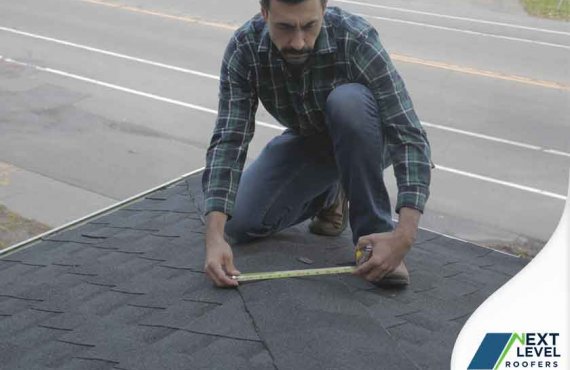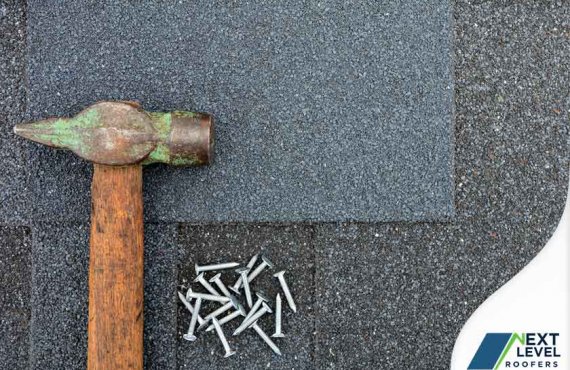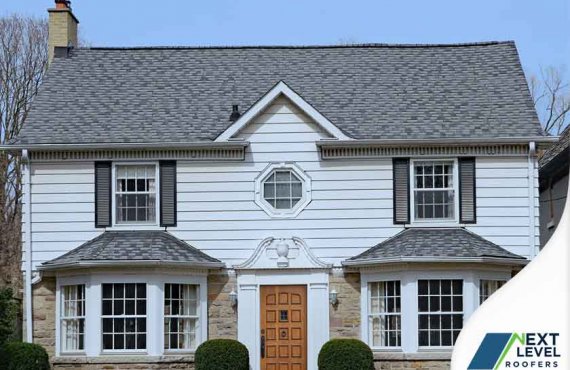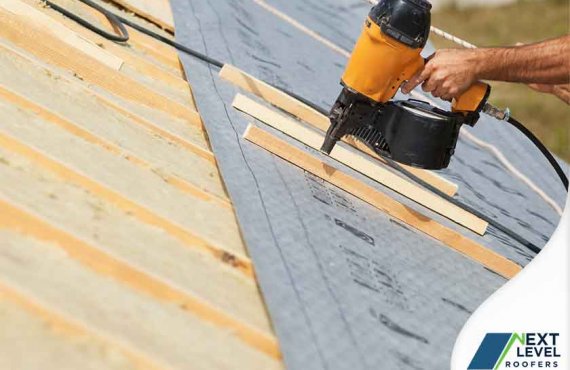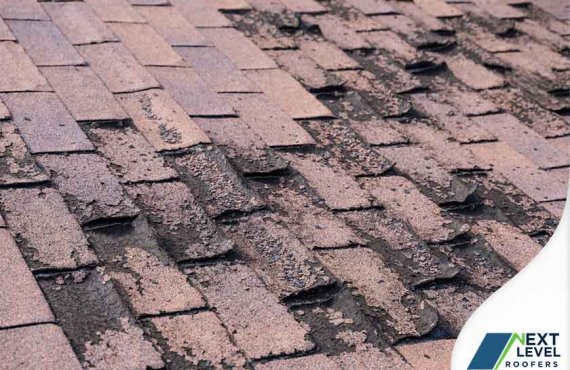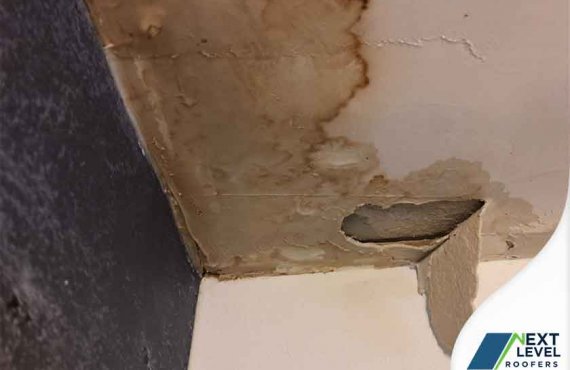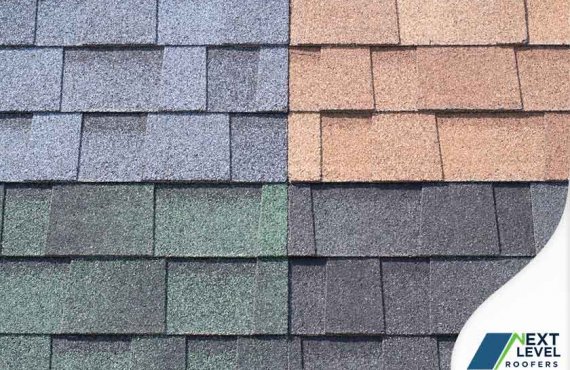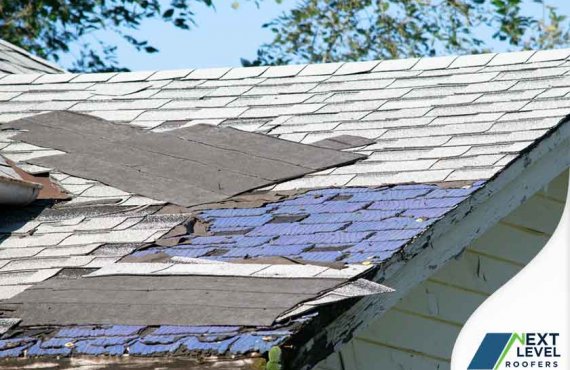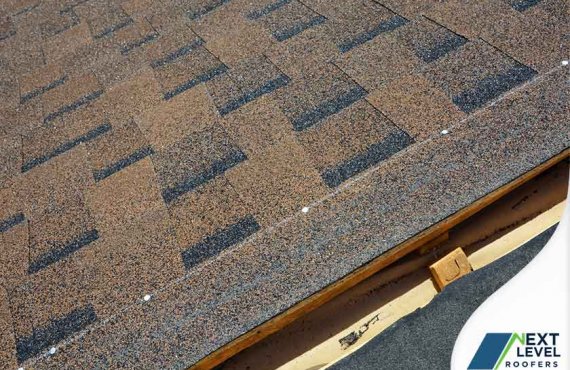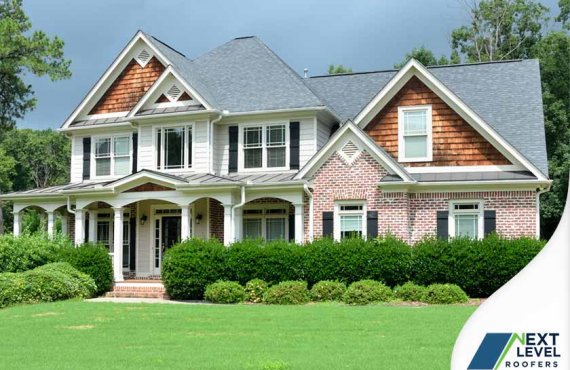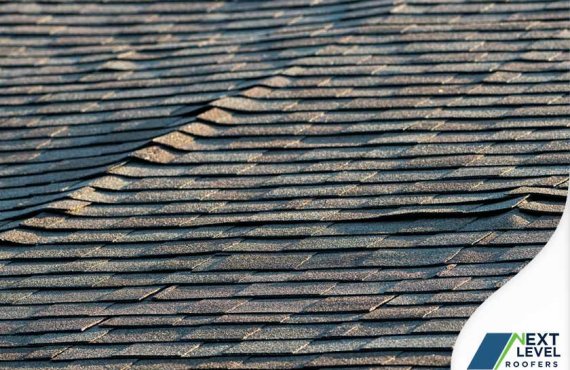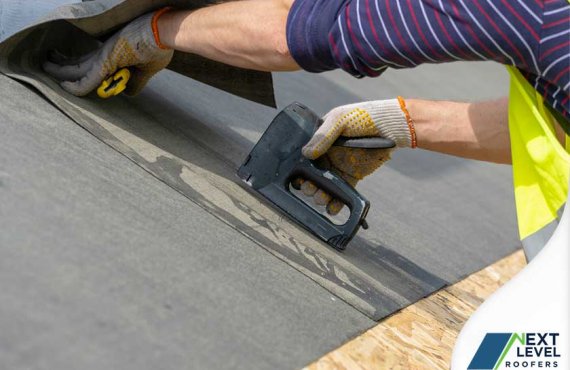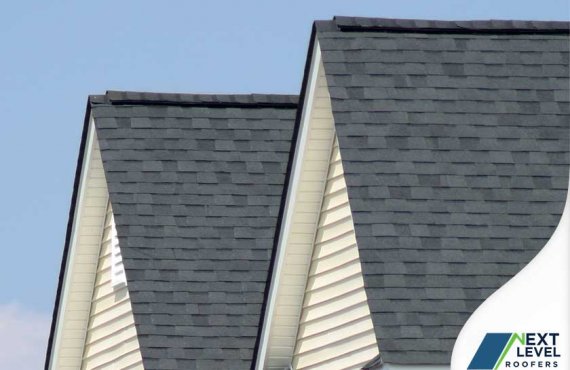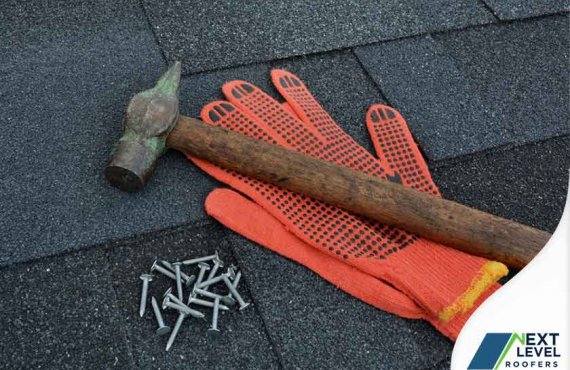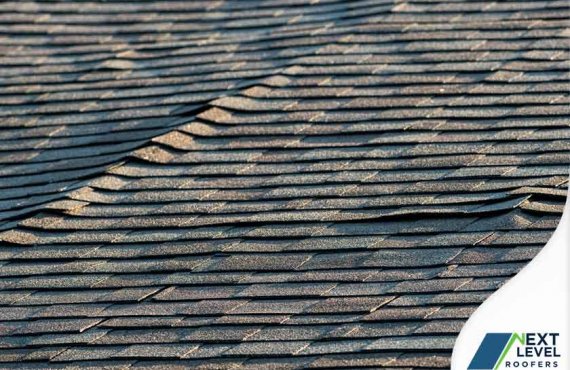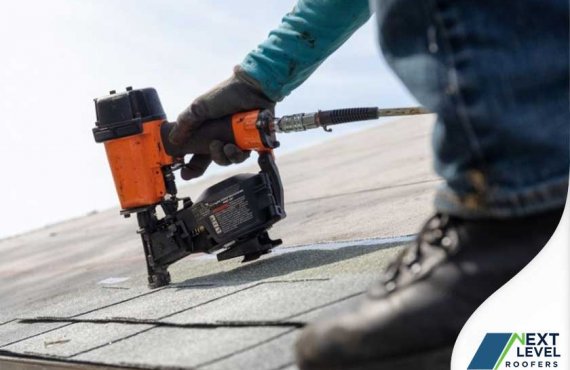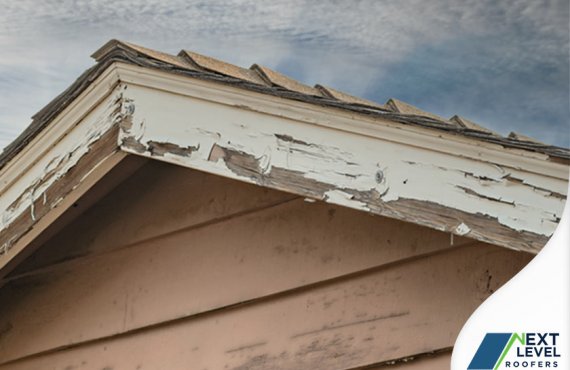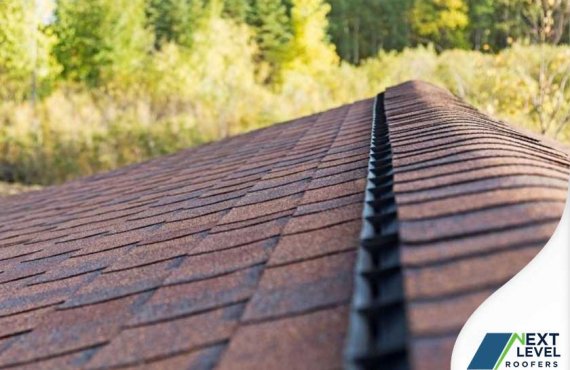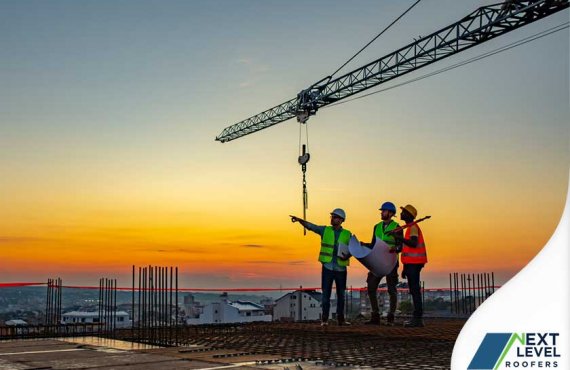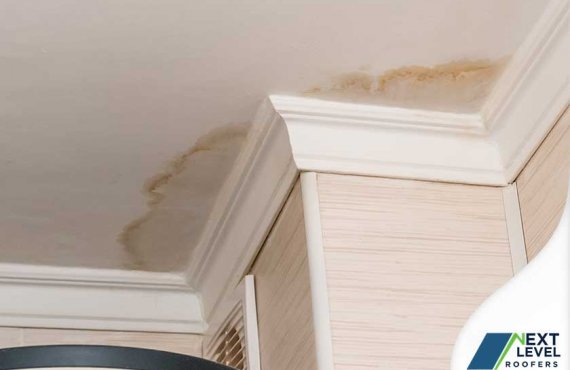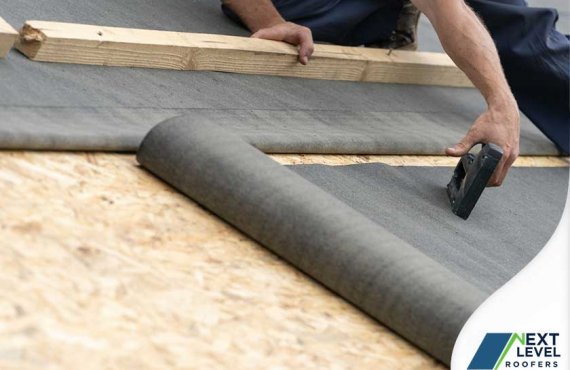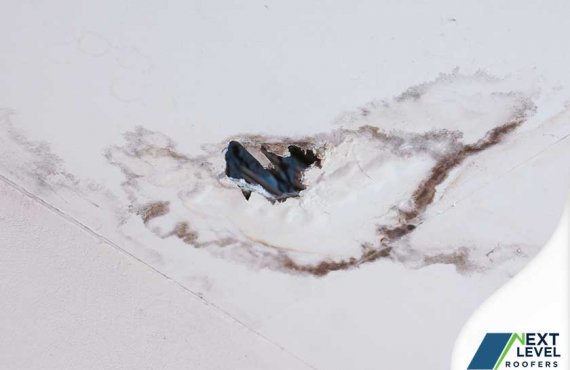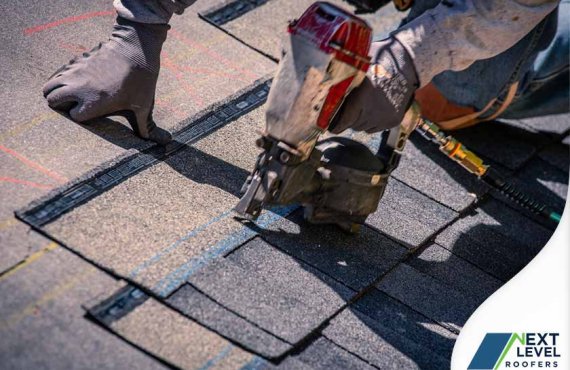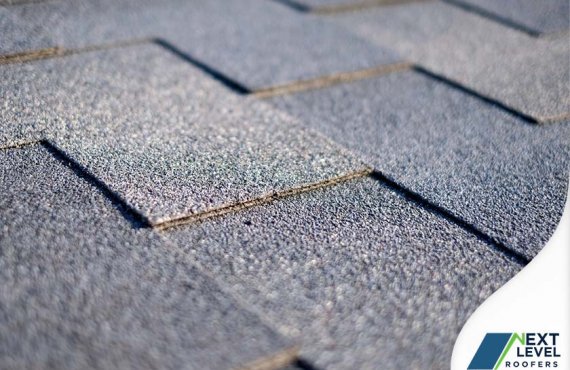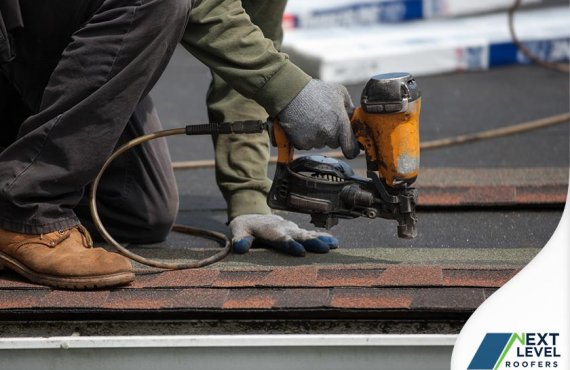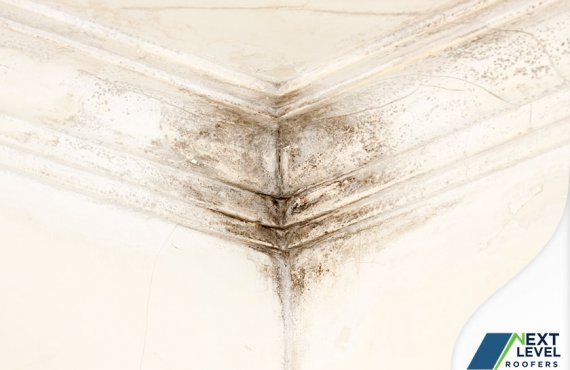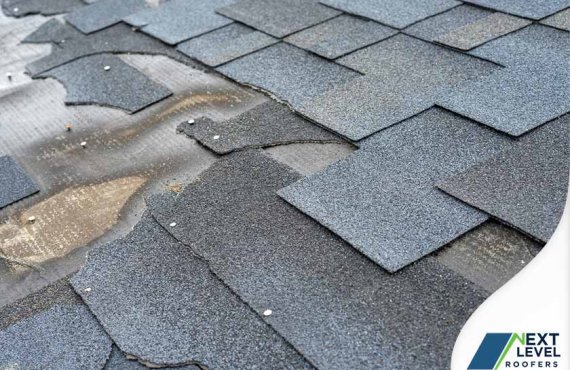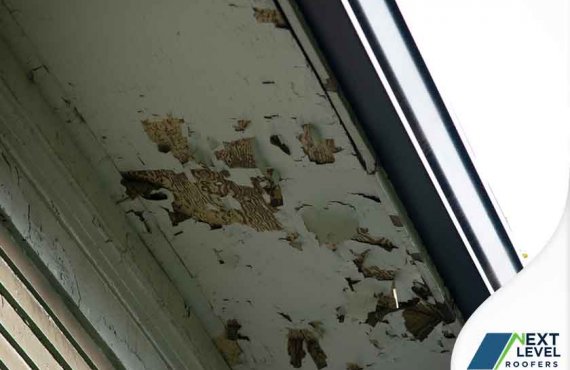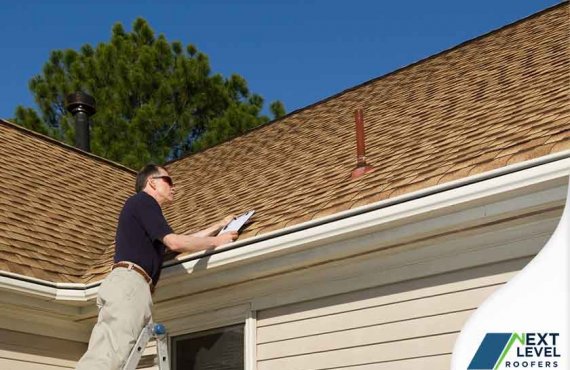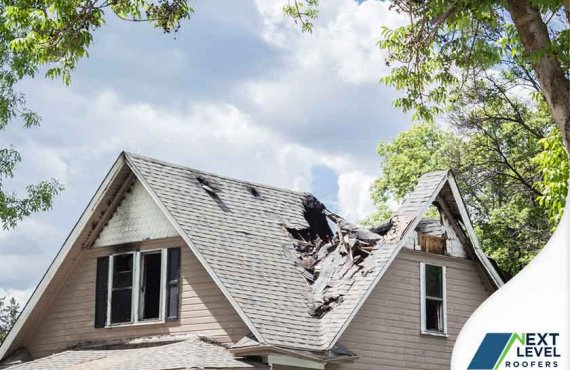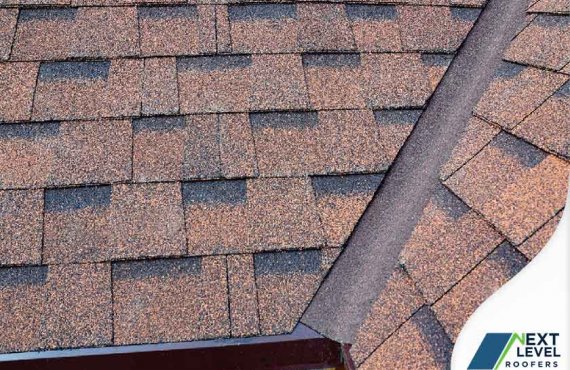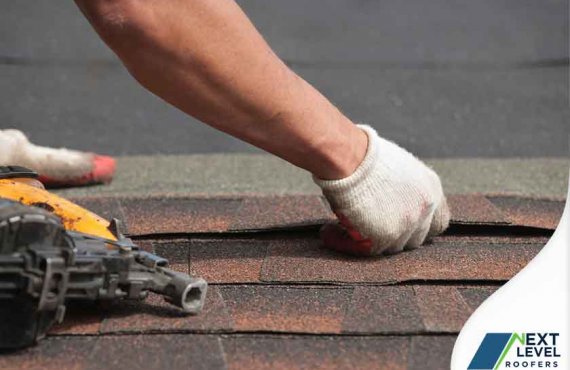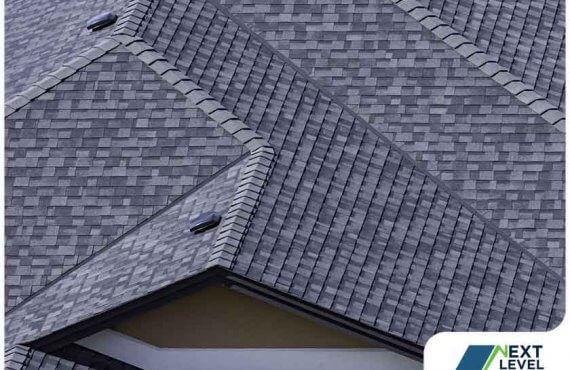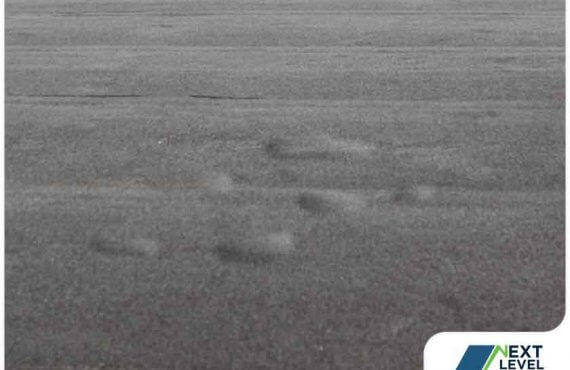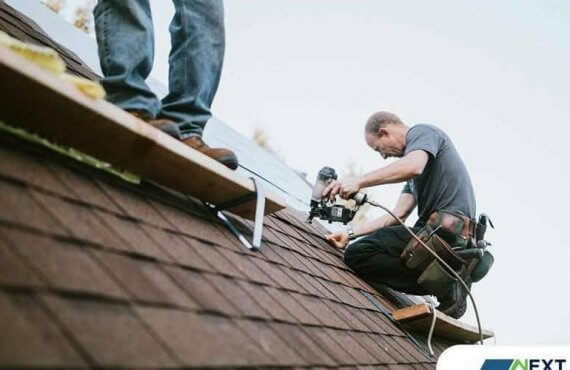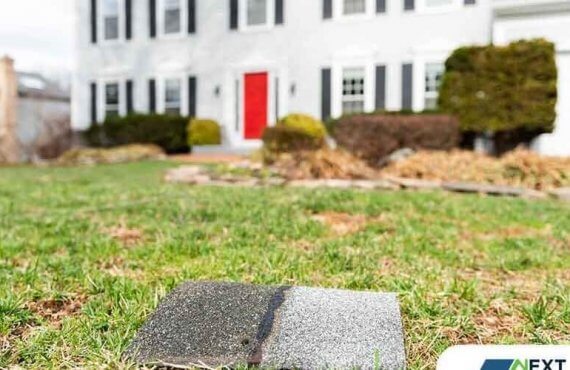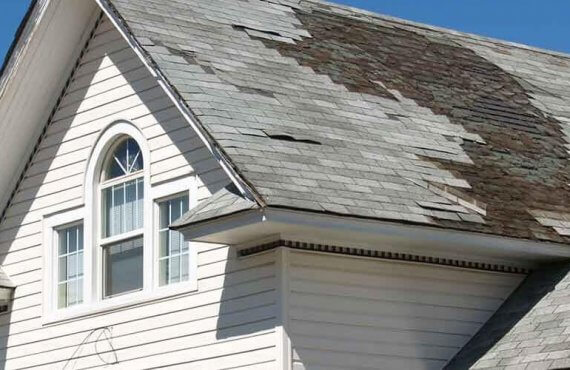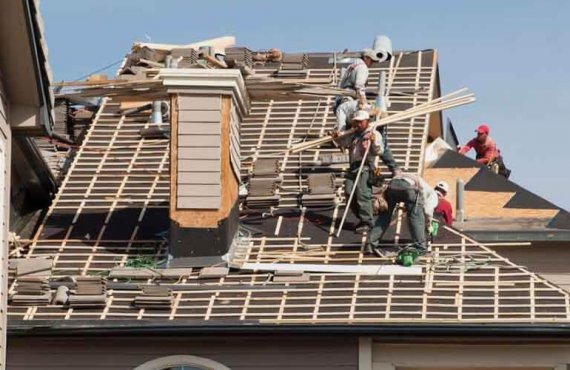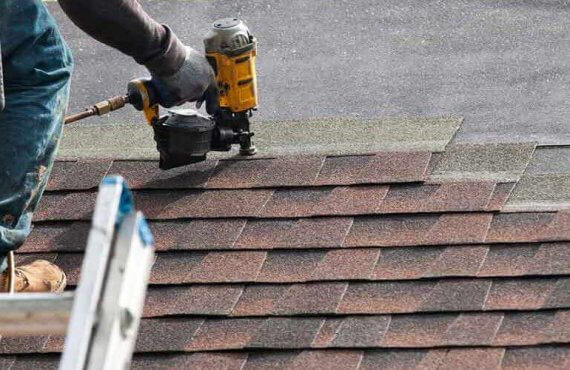Shingle blow-offs can be disastrous for any home or commercial property. They decrease the lifespan of a roof and may require extensive repairs. In order to protect your building’s structural integrity from extreme weather, it is important to know the root causes of shingle blow-offs and the best solution to address them.
Read on as Next Level Roofers discusses the most common reasons why shingles are blown off by strong winds, how to prevent it and how to know whether a repair or replacement is necessary.
What Causes Shingle Blow-Offs?
Blow-offs occur when shingles are exposed to wind, suffer temperature extremes or wear out over time. Shingles may become loose or damaged due to improper installation, poor-quality roofing materials, extreme weather conditions and wear and tear from age and use. Regular inspections can help identify potential problems before they cause significant damage.
Improperly Installed Roofs
Roofs that are incorrectly installed may have gaps or tears. These openings allow air and moisture to escape, compromising the structure of the roof. In addition, gaps and tears make the shingles vulnerable to strong winds which can cause them to become loose or dislodged entirely.
Installation issues typically come in one of two forms: overhang or poor nailing patterns. Shingles are only designed to overhang the edge of a roof by an inch. More overhangs will make shingles prone to blow-offs. When shingles are nailed down, they are designed to overlap in a way that means the nails in one shingle also help hold down the shingle underneath. If nailed too high, the previous layer of shingles will not be properly secured and may be susceptible to blow-offs.
Poor-Quality Roofing Materials
Low-quality asphalt shingles can become brittle over time, which makes them more susceptible to wear and tear from weather conditions and use. To ensure quality construction, use only name-brand products that come with a manufacturer’s warranty. These materials are designed to last 10 to 15 years. If your roof is consistently damaged by high winds but is less than 10 years old, it may have been built with poor materials.
Extreme Weather Conditions
While most shingles are designed to withstand all but hurricane-force winds, even smaller storms can loosen nails and cause shingles to rip away from the underlying structure. When smaller storms cause shingle blow-off, the roof may not be properly installed. With the frequency of high winds in central Florida, maintaining a solid roofing structure is essential for ensuring your property’s safety.
Preventing Shingle Blow-Offs
There are several measures that can be taken to prevent shingle blow-offs. Regular maintenance and inspections can help identify potential problems before they get worse. Using high-quality materials and proper nailing techniques will reduce the risk of damage from extreme weather. Finally, a thorough inspection of installed roof components can help ensure a strong structure. This includes checking underlayment, attic insulation and attic ventilation.
Regular Maintenance and Inspections
Scheduling routine maintenance and inspection can help ensure your roof is in working order. By having your roof professionally checked, you can discover and identify potential issues before they become bigger problems. If there had recently been a severe storm, an inspection should be done as soon as possible. Maintenance typically includes roofers looking for signs of water damage, checking for billowing of shingles and measuring wear and tear.
Using High-Quality Products
The quality of materials used in shingle installation may affect the longevity and stability of your roof over time. If the shingles are installed using subpar adhesive and other products, they will likely be blown off by strong winds. Be sure to work with a reputable roofing contractor that uses only top-quality materials to avoid such issues.
Proper Technique for Shingle Nailing
Correct nailing pattern is essential for preventing shingle blow-offs. All nails should be driven such that they overlap with the surrounding shingles. Nails that are too tight or that don’t overlap will result in the improper attachment of the lower layer of shingles.
Checking Roof Structure
Ventilated shingles are less prone to blow-offs. Proper ventilation helps reduce heat buildup which keeps the roof cooler and helps prevent shingles from becoming brittle. Unvented or poorly insulated attics are a common cause of bad ventilation. Attic insulation can trap excessive heat, causing the shingles to expand and contract in direct sunlight. Underlayment will help protect against moisture and prevent the shingles from coming loose. Underlayment is also helpful in heat transfer.
Shingle Repair vs. Replacement
Identifying a problem and taking steps to repair shingle blow-offs is essential for preserving your roof. If the damage is minor, it may be possible to just replace individual shingles without needing more extensive repairs. Otherwise, full roof replacement may be necessary.
Patching individual shingles can be a quick fix if they are loose or lightly damaged. If shingles have already blown off or are heavily damaged, those shingles will need a full replacement. Damaged shingles need to be carefully removed. Then, during replacement, they must be nailed into place and glued down to give extra protection against future damage.
The Importance of Getting Expert Help
Despite taking great care of your roof, extreme weather may still cause shingle blow-offs. Calling a professional to repair this issue immediately is critical for restoring the integrity of your roof and reducing the damage. When looking for the right contractor, consider their industry experience, license, insurance and reputation among their past clients. Doing a little research will help you find the best roofing company for your repair needs.
Many roofing companies claim that repairing shingle blow-offs is a basic task, so do your research and be sure you’re working with an experienced team. If you’re in The Villages or Sumter County, FL, contact Next Level Roofers at (407) 237-7960 or complete our online form to request a consultation. We’re ready to provide you with more information on repairing shingle blow-offs and replacing roofs. Our expert roofers can provide a quote, assess the damage to your roof and provide quality repairs that prevent future problems.

